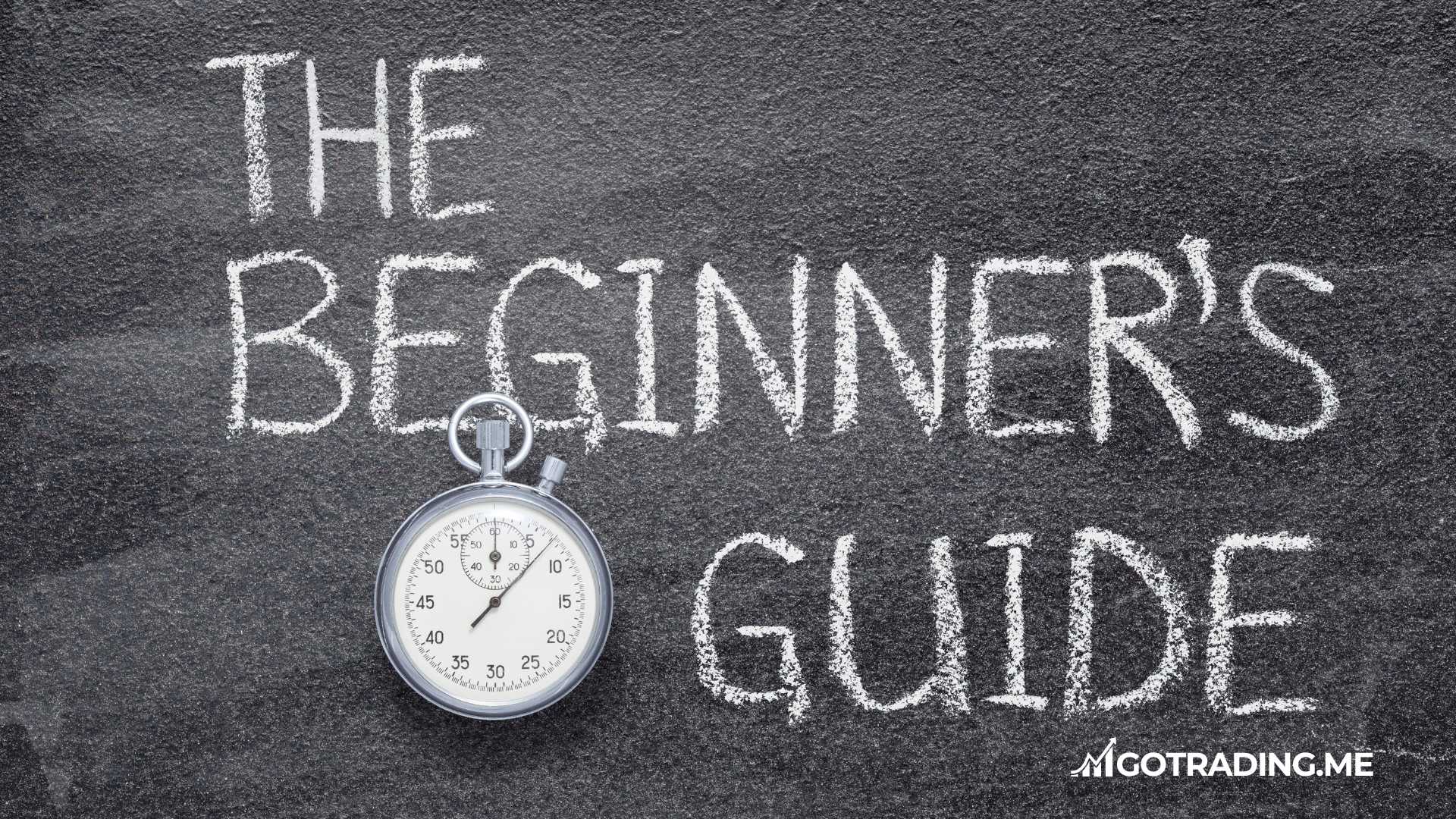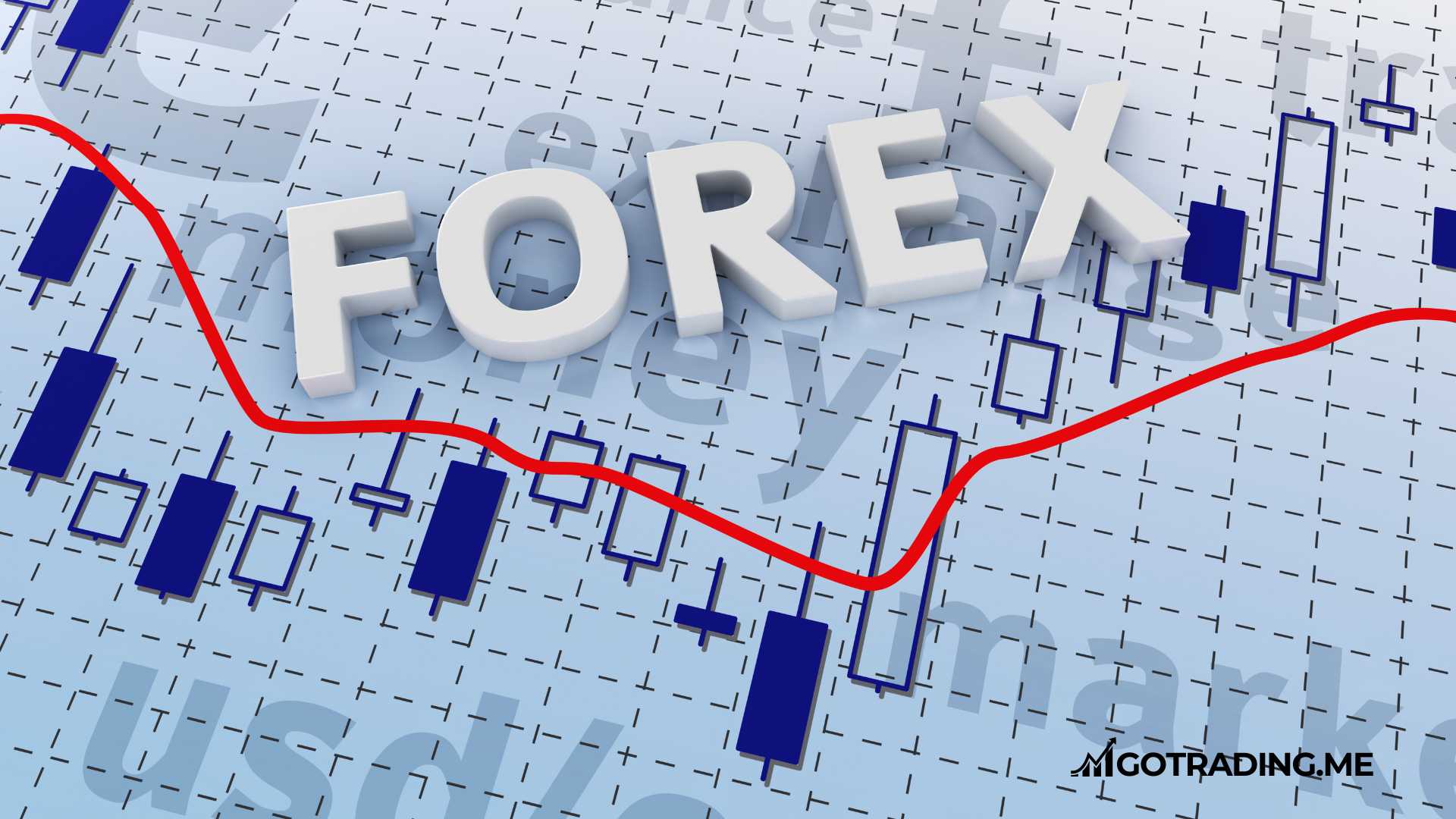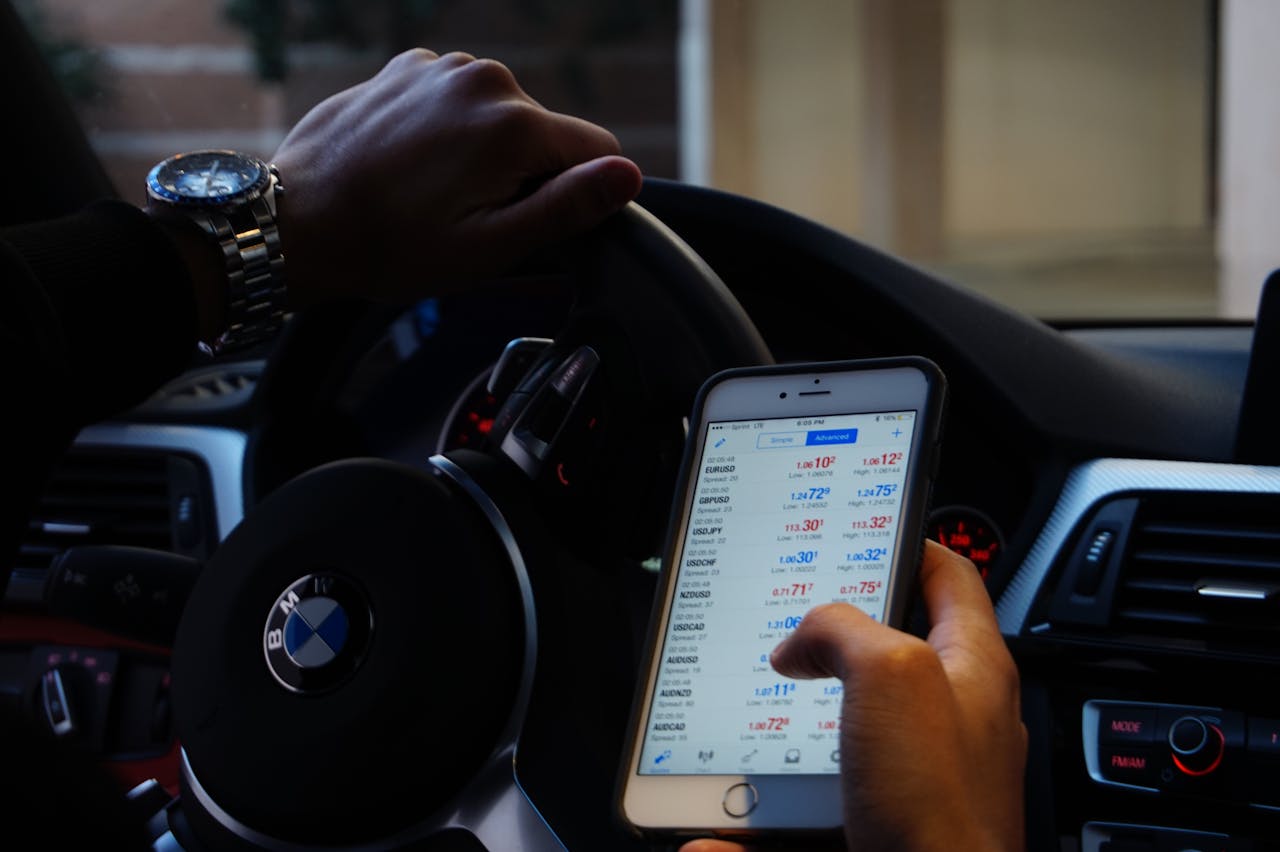How to Trade Forex: A Guide for Beginners

Are you interested in learning how to trade forex but don’t know where to start?
Forex trading can be a lucrative and exciting way to make money, but it also comes with its own set of risks and challenges.
In this guide, we’ll walk you through the basics of forex trading and provide you with practical tips and strategies to help you get started on your journey to becoming a successful forex trader.
What is Forex Trading?
Forex, short for foreign exchange, is the process of buying and selling currencies on the global market. It is the largest financial market in the world, with a daily trading volume of over $6 trillion.
Unlike the stock market, which has set trading hours, the forex market is open 24 hours a day, five days a week, allowing traders to take advantage of opportunities around the clock.
In forex trading, currencies are always traded in pairs, such as EUR/USD (euro/US dollar) or GBP/JPY (British pound/Japanese yen).
When you buy a currency pair, you are essentially buying the base currency (the first currency listed) and selling the quote currency (the second currency listed). The goal is to profit from the fluctuations in exchange rates between the two currencies.
Why Trade Forex?
There are several reasons why forex trading has become increasingly popular among individual traders:
- Accessibility: With the advent of online trading platforms, anyone with a computer and an internet connection can participate in the forex market. Many brokers offer low minimum account balances and leverage, allowing traders to start with a relatively small amount of capital.
- Liquidity: The forex market is highly liquid, meaning there are always buyers and sellers available to execute trades. This liquidity ensures that traders can enter and exit positions quickly and easily, without significant slippage.
- Volatility: Currency prices are constantly fluctuating due to a variety of factors, including economic news, political events, and market sentiment. This volatility creates opportunities for traders to profit from both rising and falling markets.
- Diversification: Forex trading allows investors to diversify their portfolios beyond traditional assets like stocks and bonds. By trading multiple currency pairs, traders can spread their risk across different markets and take advantage of global economic trends.
Getting Started with Forex Trading
Before you dive into forex trading, it’s important to understand the basics and develop a solid foundation. Here are the key steps to getting started:
1. Educate Yourself
The first step in becoming a successful forex trader is to educate yourself about the market and how it works. There are numerous online resources available, including courses, webinars, and tutorials that can help you learn the fundamentals of forex trading. Some key topics to focus on include:
- Currency pairs: Understand the major, minor, and exotic currency pairs and how they are traded.
- Market analysis: Learn how to analyze the market using technical and fundamental analysis techniques.
- Trading strategies: Familiarize yourself with different trading strategies, such as trend following, range trading, and breakout trading.
- Risk management: Understand the importance of managing risk through proper position sizing, stop-loss orders, and diversification.
2. Choose a Broker
Once you have a basic understanding of forex trading, the next step is to choose a reputable broker. There are many forex brokers available, each with their own unique features and offerings. When selecting a broker, consider the following factors:
- Regulation: Make sure the broker is regulated by a reputable authority, such as the Financial Conduct Authority (FCA) in the UK or the National Futures Association (NFA) in the US.
- Trading platform: Look for a broker that offers a user-friendly and reliable trading platform, such as MetaTrader 4 or 5.
- Spreads and commissions: Compare the spreads and commissions charged by different brokers to ensure you are getting a competitive deal.
- Customer support: Choose a broker with responsive and knowledgeable customer support, available 24/5.
3. Open a Demo Account
Before risking real money, it’s a good idea to practice trading with a demo account. Most brokers offer free demo accounts that allow you to trade with virtual money in a simulated market environment.
This is a great way to familiarize yourself with the trading platform, test out different strategies, and gain confidence in your trading abilities.
4. Develop a Trading Plan
A trading plan is a written document that outlines your approach to the market, including your goals, risk tolerance, and strategies. Having a well-defined trading plan can help you stay disciplined and focused, even in the face of market volatility. Your trading plan should include:
- Trading style: Determine whether you will be a day trader, swing trader, or position trader.
- Risk management: Set clear rules for managing risk, such as using stop-loss orders and limiting your exposure to any single trade.
- Entry and exit rules: Define the criteria for entering and exiting trades, based on your chosen strategy.
- Position sizing: Determine how much of your account you will risk on each trade, based on your risk tolerance and account size.
5. Start Small and Scale Up
When you’re ready to start trading with real money, it’s important to start small and gradually scale up your position sizes as you gain experience and confidence. Don’t risk more than you can afford to lose, and always adhere to your trading plan.
As you become more comfortable with forex trading, you can begin to explore more advanced strategies and techniques, such as:
- Multiple time frame analysis: Analyzing the market on different time frames (e.g., hourly, daily, weekly) to identify trends and potential entry/exit points.
- Correlation analysis: Understanding how different currency pairs are correlated and using this information to manage risk and identify trading opportunities.
- Sentiment analysis: Using market sentiment indicators, such as the Commitment of Traders (COT) report, to gauge market positioning and potential trend reversals.

Forex Trading Strategies
There are numerous forex trading strategies available, each with its own unique approach to analyzing the market and executing trades. Here are a few popular strategies to consider:
1. Trend Following
Trend following is a strategy that involves identifying the overall direction of the market and taking positions in the direction of the trend. Traders using this strategy will typically use technical analysis tools, such as moving averages and trendlines, to identify the trend and potential entry/exit points.
Example: A trader notices that the EUR/USD pair has been in an uptrend, with prices consistently making higher highs and higher lows. They decide to enter a long position, placing a stop-loss order below the most recent swing low and a take-profit order at a key resistance level.
2. Range Trading
Range trading is a strategy that involves identifying a price range that a currency pair is trading within and taking positions at the support and resistance levels. This strategy works best in markets that are consolidating or lacking a clear trend.
Example: A trader identifies that the GBP/USD pair has been trading between 1.3500 and 1.3700 for the past week. They decide to enter a long position at the support level of 1.3500, with a stop-loss order below the range and a take-profit order at the resistance level of 1.3700.
3. Breakout Trading
Breakout trading is a strategy that involves identifying key levels of support and resistance and taking positions when the price breaks through these levels. This strategy works best in markets that are trending or experiencing high volatility.
Example: A trader notices that the USD/JPY pair has been consolidating below a key resistance level of 110.00. They decide to enter a long position if the price breaks above this level, with a stop-loss order below the most recent swing low and a take-profit order at the next key resistance level.
4. Position Trading
Position trading is a long-term strategy that involves holding positions for weeks or even months, based on fundamental analysis and macroeconomic trends. Traders using this strategy will typically focus on high-impact news events, such as central bank decisions and economic data releases, to inform their trading decisions.
Example: A trader believes that the US economy is likely to outperform the Eurozone over the next few months, based on diverging monetary policy and economic growth prospects. They decide to enter a long position in the USD/EUR pair, with a wide stop-loss and a long-term profit target.
Risk Management in Forex Trading
Risk management is a critical component of successful forex trading. Without proper risk management, even the most profitable trading strategies can lead to significant losses.
Here are some key risk management principles to keep in mind:
- Use Stop-Loss Orders: Always use stop-loss orders to limit your potential losses on any single trade. A stop-loss order is an instruction to your broker to close out your position if the price moves against you by a certain amount.
- Limit Your Exposure: Don’t risk more than 1-2% of your account balance on any single trade. This will help you preserve your capital and avoid large drawdowns.
- Diversify Your Portfolio: Don’t put all your eggs in one basket. Spread your risk across multiple currency pairs and trading strategies to reduce your overall exposure to any single market or event.
- Manage Your Leverage: Leverage can be a double-edged sword in forex trading. While it can amplify your profits, it can also magnify your losses. Use leverage responsibly and never risk more than you can afford to lose.
Summary
Forex trading can be a challenging but rewarding endeavor for those willing to put in the time and effort to learn the market and develop a solid trading plan.
By following the steps outlined in this guide and continuously educating yourself about the market, you can increase your chances of success and achieve your financial goals.
Remember, forex trading is not a get-rich-quick scheme. It requires discipline, patience, and a willingness to learn from your mistakes.
Start small, focus on risk management, and never stop learning. With the right mindset and approach, you can become a successful forex trader and take control of your financial future.
Additional Resources
To further your education and stay up-to-date with the latest developments in the forex market, consider the following resources:
- Babypips.com: A comprehensive educational resource for forex traders of all levels, with courses, tutorials, and a supportive community.
- ForexFactory.com: A popular forex news and analysis website, with a calendar of upcoming economic events and a forum for traders to share ideas and strategies.
- TradingView.com: A web-based charting and analysis platform, with a wide range of technical indicators and a social network for traders to collaborate and share ideas.
- Bloomberg.com: A leading source of financial news and analysis, with real-time currency quotes and market insights.
By leveraging these resources and continuously expanding your knowledge, you can stay ahead of the curve and adapt to the ever-changing forex market. Happy trading!






